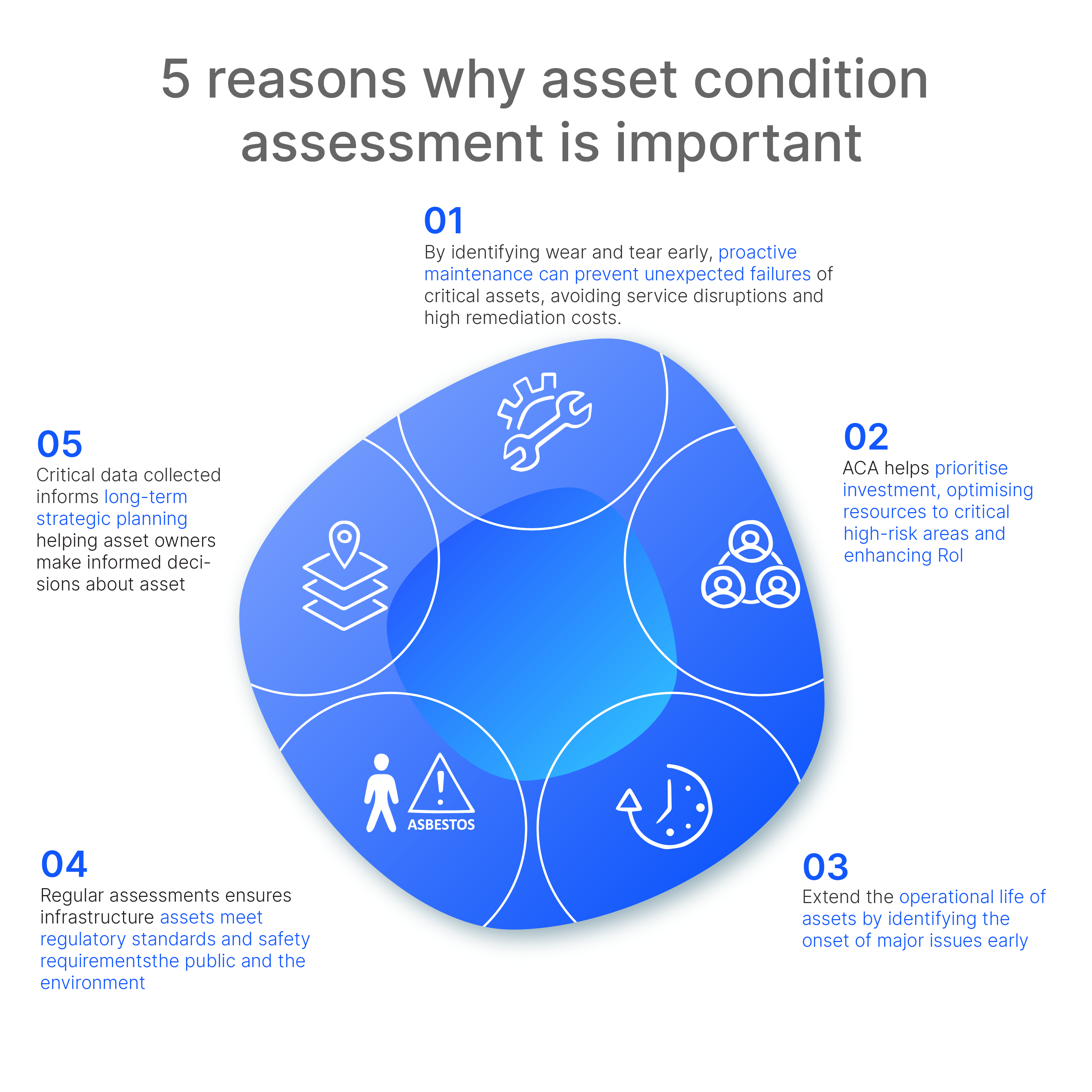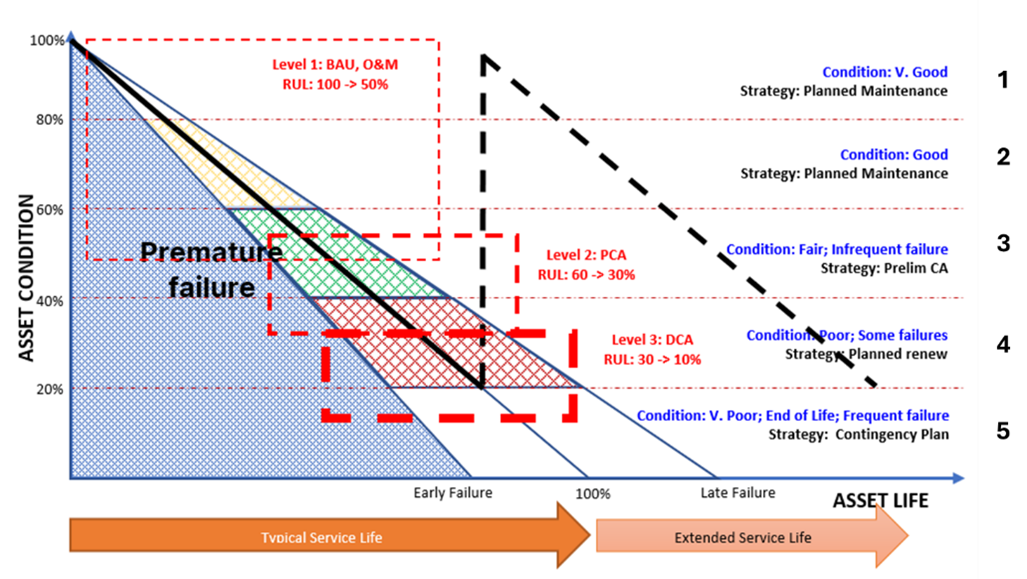
Embedding condition assessment into daily operations can help utilities better manage their assets, ensuring sustainable service delivery and compliance with regulatory requirements.
Citation:
Davis, J. (2024). There’s a glimmer of hope after the year that broke every single climate record. Retrieved from https://www.abc.net.au/news/2024-03-20/wmo-climate-records-broken-global-temperature/103604076
Flemming, T. (2024). Australia’s population hits 27 million, nearly two decades ahead of forecast. Retrieved from https://www.abc.net.au/news/2024-01-24/australias-population-reaches-27-million/103385422
The University of Adelaide. (2018). Pipe dream: in-use pipe assessment technology saving time and money. Retrieved from https://dataportal.arc.gov.au/EI/Web/Impact/ImpactStudy/1103
UN News. (2023). Hottest July ever signals “era of global boiling has arrived” says UN chief | UN news. Retrieved from https://news.un.org/en/story/2023/07/1139162








